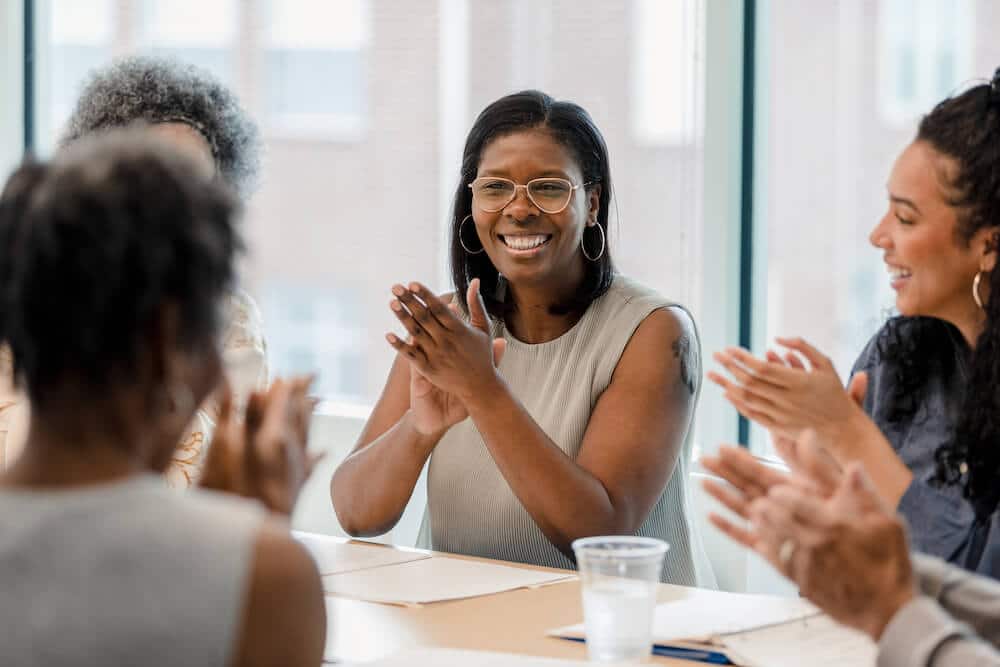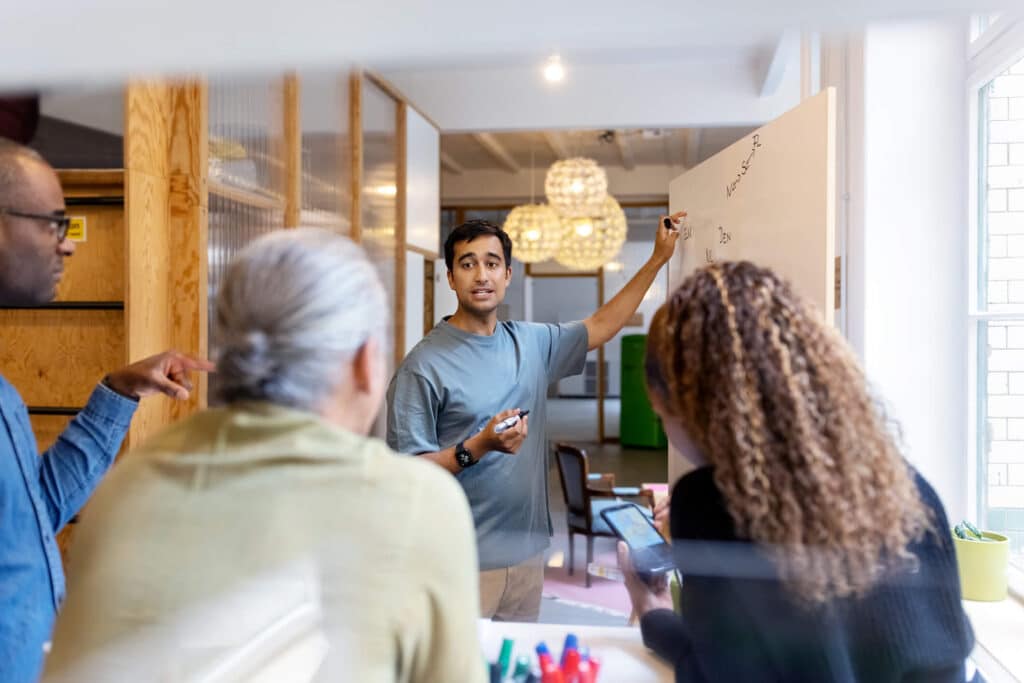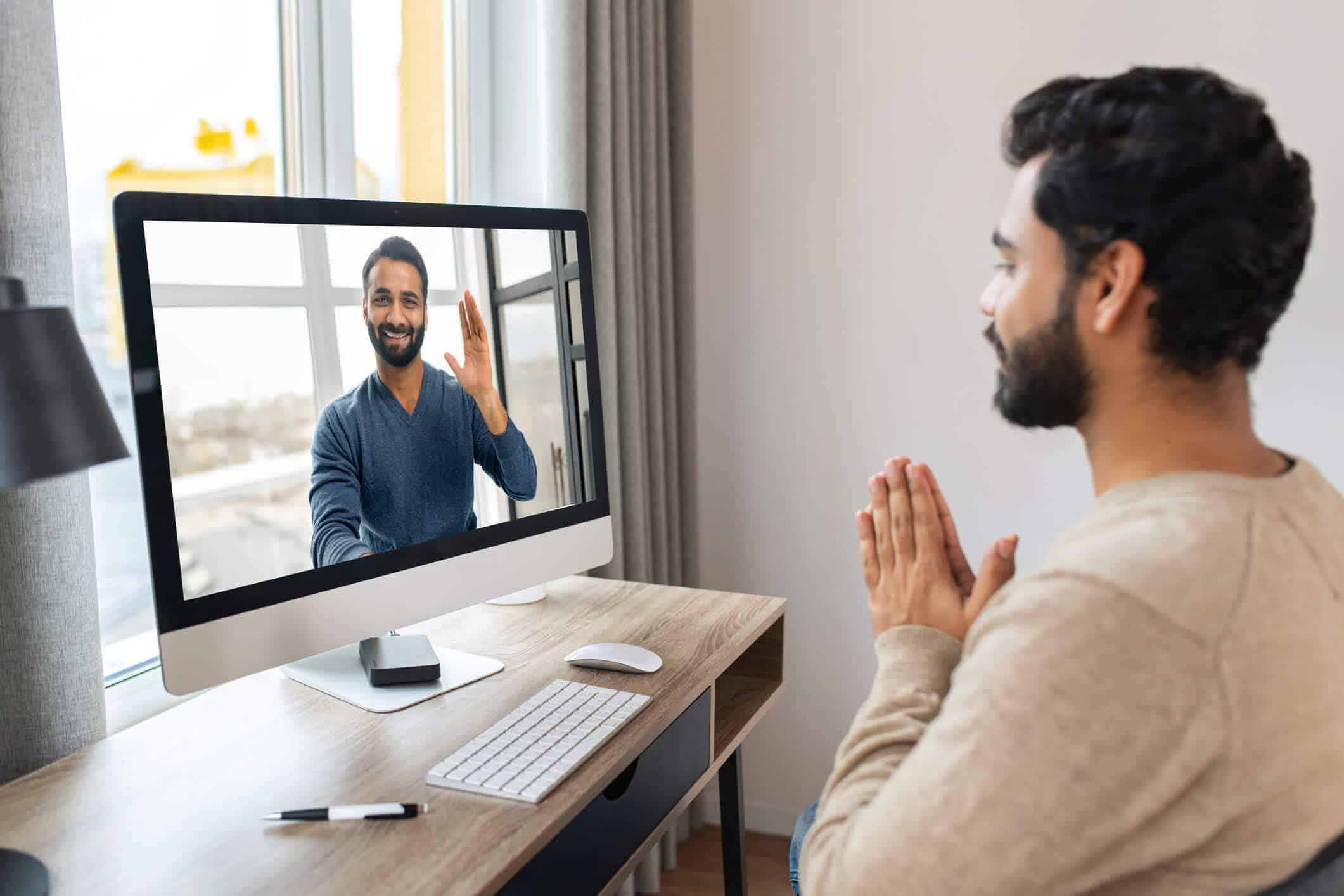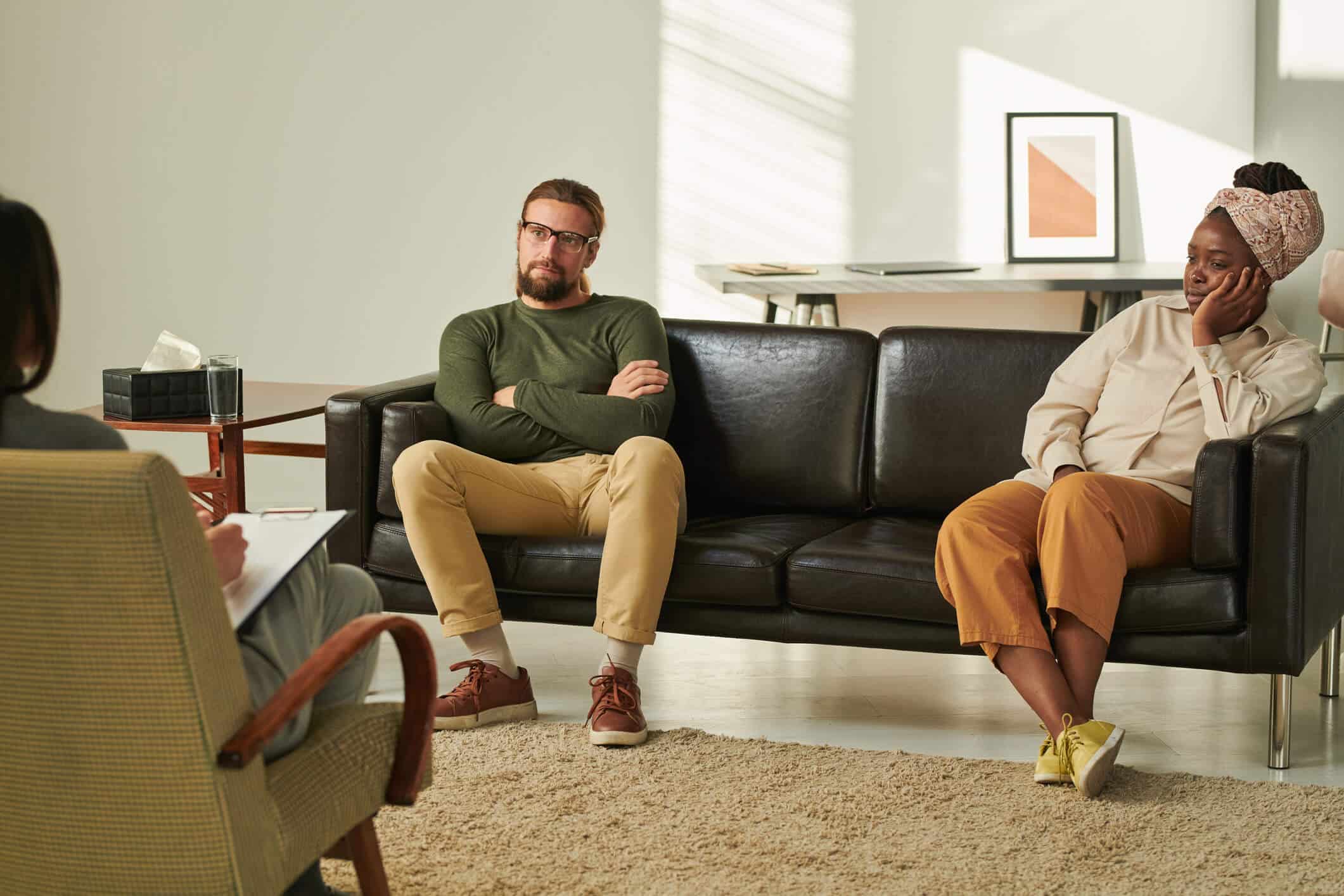As humans, one of our innate needs is social connection. Bonding with other humans helps us to share our experiences and improve our ability to feel a sense of belonging to something outside of ourselves. In the field of mental health therapy, group therapy sessions provide a way for individuals to work toward mental wellness by sharing their experiences and connecting with others. These sessions serve as a means of facilitating collective healing through shared experiences, mutual support, and the development of new perspectives. These dynamics allow individuals to witness the progress of others which may help to promote feelings of hope and motivation.
Understanding group therapy for therapists can play a pivotal role not just in facilitating these sessions, but also in cultivating an environment that fits the needs of the group. The efficacy of group therapy is deeply intertwined with this collaboration and the creation of a symbiotic relationship that nurtures empathy, understanding, and growth. It is this collaborative spirit that offers individuals a unique perspective and profound understanding of their journeys, creating avenues for effective mental health services. In this article, we’ll be exploring the power of group therapy and how therapists can facilitate effective sessions with participants.
What Is Group Therapy?
Group therapy is a form of therapy that involves bringing individuals who have similar mental health challenges together in a group setting. These sessions are often led by one or more mental health professionals who play the role of facilitator and guide, with the goal of gently encouraging participation and collaboration. Group therapy may be used as a supplement to therapeutic strategies based on the unique needs of the individual.
Individuals who participate in group therapy sessions are often at different yet similar places in their mental health journeys. This blending of experiences may enable individuals to learn from others who have unique insights that speak to their experience. Sharing this experience together may offer individuals inspiration, support, and a new perspective on their own mental health journeys.
Group therapy typically includes structured activities such as open discussions, role-playing, trust-building exercises, and shared problem-solving that aim to enhance group dynamics and facilitate a deeper understanding of oneself and others. These activities are designed not only to cultivate a sense of belonging but also to provide practical tools for managing mental health challenges in a supportive, empathetic environment.
Group therapy itself can be an effective means of treatment for various mental health conditions. According to the American Psychological Association and the American Group Psychotherapy Association, group therapy may be more effective than individual therapy in some cases due to the reduction of stigma and the solidarity that individuals often experience when participating in support groups.
Group psychotherapy was only recently recognized as a specialty by the APA in 2018, and training in graduate programs remains sparse. However, group sessions are a growing practice with leaders in the field recommending that group therapy be utilized more often to accommodate the growing need for mental health treatment.

The Role Of Collaboration In Group Therapy
Collaboration can play a crucial role in the success of group therapy sessions, both among individuals within the group and between therapists and group members.
In a typical group session, members are encouraged to share experiences, feelings, and insights with one another. Through this collaborative sharing, individuals can find comfort in knowing they are not alone in their experiences, fostering a sense of belonging and reducing feelings of isolation often associated with mental health issues. Each group may differ in its goals, but the overarching aim is to encourage members to authentically participate in the therapeutic process.
Therapists play an important role in facilitating this collaborative environment, ensuring that all voices are heard and that discussions remain respectful and supportive. Cultivating this environment can be a delicate balancing act that often requires therapists to understand when to intervene and when to step back and allow the group dynamics to evolve naturally. Therapists must learn how to strike the right balance between guiding the group and allowing members to naturally come to their own conclusions.
In a recent review of the literature surrounding group therapy dynamics, it was found that more positive treatment outcomes were correlated with higher levels of group cohesion and alliance. This study demonstrates the importance of being able to improve the group’s ability to work together through the natural dynamics of group therapy.
Additionally, it can be important to keep the group between 8-12 members in order to effectively accommodate each member. Keeping the size reasonable ensures that each person can participate equally and that the ability of the therapist to involve every member is not compromised. This number may vary based on the unique needs of the group, but higher numbers are typically not recommended.
Furthermore, establishing trust and mutual respect can be paramount. Therapists can actively seek feedback from group members to gauge whether the dynamics are working for them or if any adjustments are necessary. In this way, therapists may be able to improve their approach over time and create more tailored and effective group therapy experiences.
How To Improve Collaboration In Group Therapy
Improving collaboration and interaction within group therapy sessions can be of critical importance for therapists. It’s not just about facilitating a platform for sharing experiences, but also about fostering a welcoming environment that promotes mutual support, empathy, and constructive feedback among participants.
The therapeutic role extends beyond being mere observers or moderators. In group therapy sessions, therapists are the catalysts that guide the group dynamics to ensure that each individual feels heard, understood, and genuinely connected. This enhanced collaboration doesn’t just bolster mental health outcomes; it also empowers participants to develop interpersonal skills that they can take with them and apply in their lives.
Some key factors that may help to positively influence group cohesion and collaboration include:
Create A Sense Of Belonging
Creating a sense of belonging in a group therapy setting can effectively enhance collaboration and enable honest discourse. Therapists may be able to establish this setting by finding and emphasizing common ground among group members. Identifying shared experiences, interests, or feelings can help participants feel less isolated and more connected to others in the group. It’s important that the therapist encourages open communication, ensuring everyone feels heard and validated, as this can significantly enhance group dynamics.
In addition to establishing common ground, therapists may also consider using techniques such as setting group norms or creating a group charter. These methods can help clarify expectations, promote respect, and may help get things started on the right foot by creating a safe space where everyone feels comfortable expressing themselves.
Encourage Meaningful Interactions
Facilitating meaningful interactions within a group therapy context requires a delicate balance of structure and fluidity. Here are a few specific examples of how to work toward this goal:
- Ice Breakers: Ice breaker activities are designed with the goal of lightening the initial tension and apprehension that can be common in the early stages of group therapy sessions. These games focus on getting people to simply talk with one another and interact with other group members in a lighthearted manner. One example of this type of activity is the “Desert Island” activity, where in addition to items like clothing and medicine, you can bring three items: a survival item, an entertainment item, and a luxury item. This fun activity helps individuals open up, learn about each other, and establish common ground to build from.
- Active Listening Exercises: These activities encourage group members to really listen to one another, fostering empathy and understanding. One example is the “Reflection” exercise, where a participant shares an experience or feeling, and another group member reflects on what they heard and writes down their responses rather than sharing out loud. The key in these exercises is to enable participants to focus on listening rather than what they will respond with.
- Problem-Solving Scenarios: Presenting the group with hypothetical scenarios related to their shared experiences can facilitate meaningful interactions. For instance, for a group dealing with anxiety, a scenario might involve managing panic attacks at work or how to cope with consistent anxious feelings.
- Open Discussions: Periodically, it may be beneficial to allow group members to share freely on a particular topic. This may help to create a balanced, supportive environment that promotes individual insights and camaraderie.
The goal of a group leader is to create a safe space where everyone is working toward a similar goal and feels comfortable sharing their experiences and feelings. This type of environment can help deepen collaboration among group members and enhance the overall efficacy of sessions.
Lastly, the use of positive reinforcement may also be a powerful tool to encourage further interaction. Praising members for their contributions, however small, can boost their confidence and motivate them to participate more actively in future sessions.

Create Opportunities For Altering Perspectives
Creating opportunities for altering perspectives through storytelling and sharing with other members may be beneficial in group therapy sessions. Storytelling and emotional sharing allow participants to view their experiences from different angles, which is one of the core methods for encouraging empathetic understanding. By hearing others’ stories, individuals receive opportunities to relate to different circumstances and feelings which can help to normalize and validate their own experiences.
Reflective functioning (RF) can play a crucial role in group therapy. RF involves the ability to understand our own and others’ mental states and emotions, considering them in the context of past experiences and future behaviors. When group leaders encourage reflective functioning, they can promote a deeper understanding of the self and others. This understanding may enhance group dynamics and enable individuals to reconsider their current perspectives relating to their own mental health journey.
Online Group Therapy
Online group therapy can provide a safe, non-judgmental space where participants can share experiences, provide support, and learn from each other from the comfort of their own homes. This convenience may alleviate the stress and apprehension associated with traditional in-person therapy sessions, making it a beneficial alternative. It may also enable more diverse group dynamics due to the lack of constraints such as location and cost. Furthermore, online platforms offer numerous collaborative tools that can be harnessed by a mental health professional to boost interactions and foster supportive, welcoming, and authentic group sessions.
Although platforms like BetterHelp do not offer group therapy at this time, individual sessions with a licensed therapist can still be helpful. Further, a platform such as ReGain may be useful for those seeking couples counseling from the comfort of their own home.
The Efficacy Of Online Group Therapy
In one study, researchers looked into the efficacy of online group therapy in addressing mental health concerns such as loneliness and depression. In their research, they observed a significant improvement in the mental health of participants who engaged in online group therapy sessions, highlighting the role of technology in fostering group dynamics and enhancing accessibility to therapy. These findings reinforce the notion that online platforms may be able to effectively emulate the traditional face-to-face therapy environment, promoting connection, empathy, and support among group members.
Takeaway
Enhancing collaboration within group therapy settings can be pivotal to the overall effectiveness of the therapeutic group process. Central to this is instilling a sense of safety and camaraderie among group members. This sense of safety can often be fostered through respecting confidentiality, promoting open communication, and cultivating a non-judgmental environment. With this foundation of trust, individuals are more likely to share their experiences and feelings and benefit from organic human interaction. If you’re interested in learning more about group therapy or would like mental health support yourself, consider seeking the advice and guidance of an online therapist through a platform such as BetterHelp.



